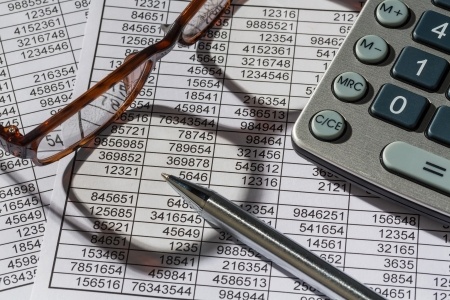
Research shows 80 percent of investors don’t claim all of the deductions they are entitled to. Are you one of these?
What is depreciation?
Depreciation is like wear and tear – it’s a recognition that your buildings and assets have a finite useful life and that they lose value over time. At tax time, you can claim this wear-and-tear against your taxable income. You need to know what you can depreciate and by how much.
How do you claim?
We recommend that you have a Quantity Surveyor produce a depreciation schedule for you. This will help you plan for making depreciation deduction claims.
I have an older property. Can I still claim?
Maybe. You can claim less with an older property than a newer one, but there are probably still valid deductions you can make. If your building is less than 40 years old, you can usually claim depreciation on capital works.
It’s also worth looking into depreciation on renovations.
I’ve never claimed on my property. Can I make claims for past years?
You can adjust your previous two years’ tax returns. We recommend you talk to a financial expert about this.
What method of depreciation should I use?
There are two methods to calculate depreciation:
- Diminishing value. Here, a percentage of the value of the asset is deducted. Each year, as the value diminishes, the deduction will also diminish.
- Prime costs (also known as straight line). The deductions are calculated as a percentage of the cost, giving a consistent depreciation deduction each year.
The method you select should be based on your goals the short or long-term financial strategy. Talk to an expert – your accountant or a financial advisor – about which option meets your needs.
How can I use PAYG with depreciation?
Some investors use PAYG to offset their tax payments through the year. Again, talk to an expert to determine whether this is a good option for you.
Finally, don’t forget to claim the costs of producing the schedule – the costs are 100% tax deductible!
Related posts: